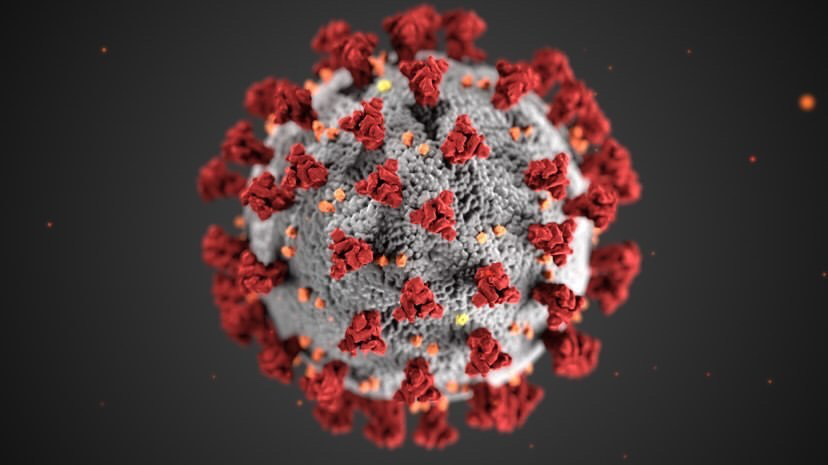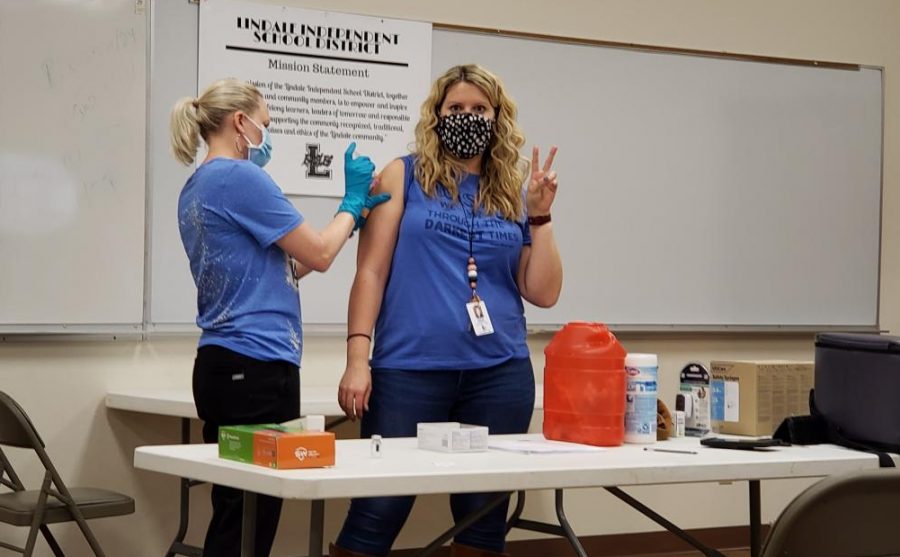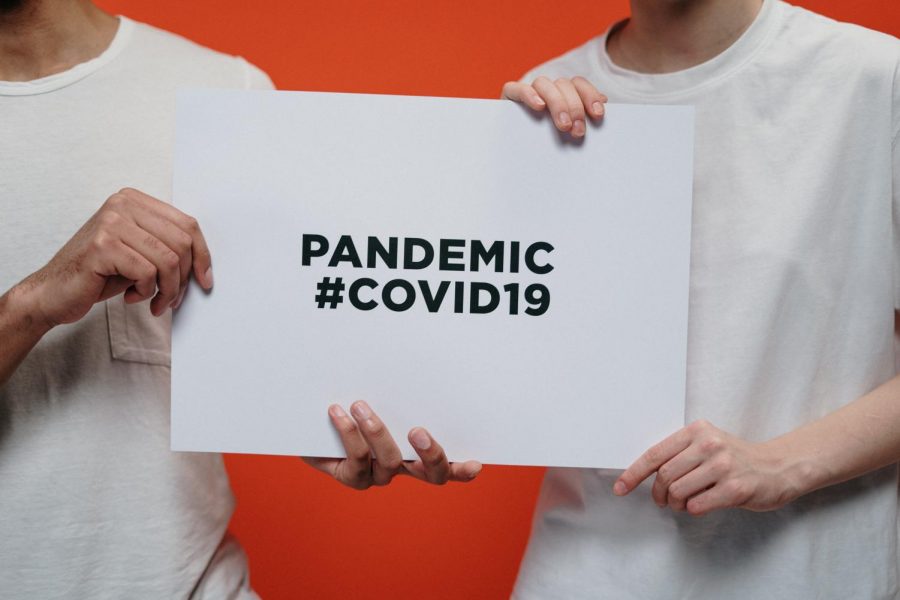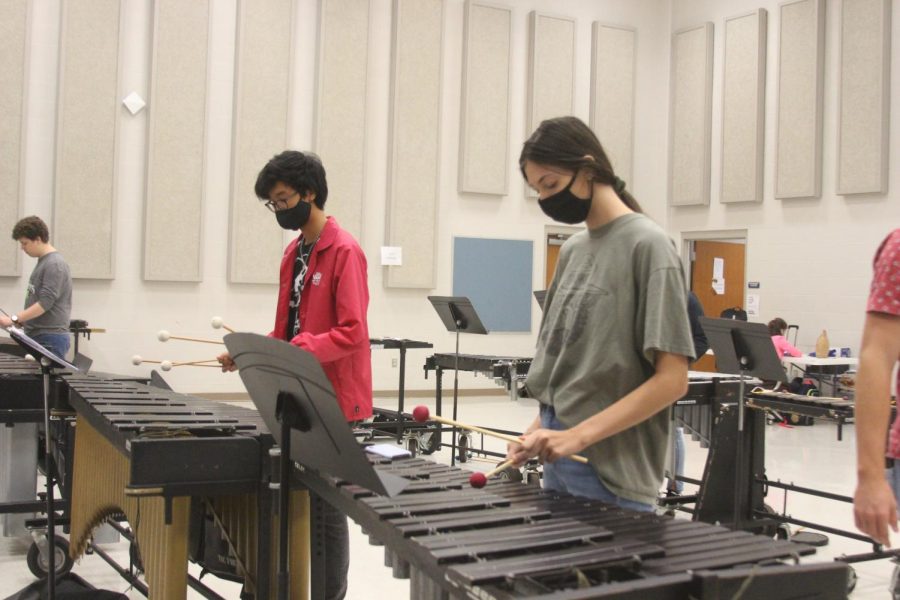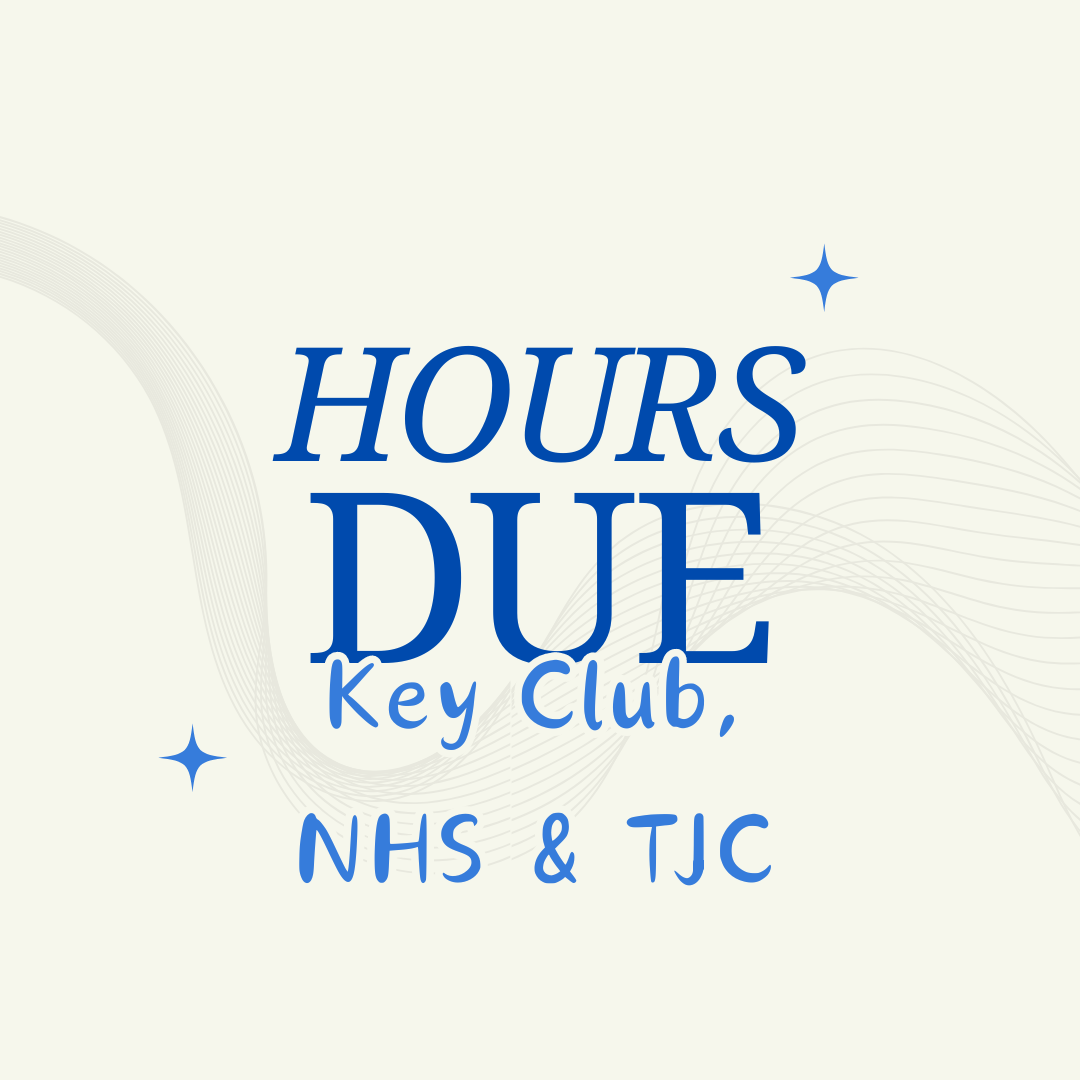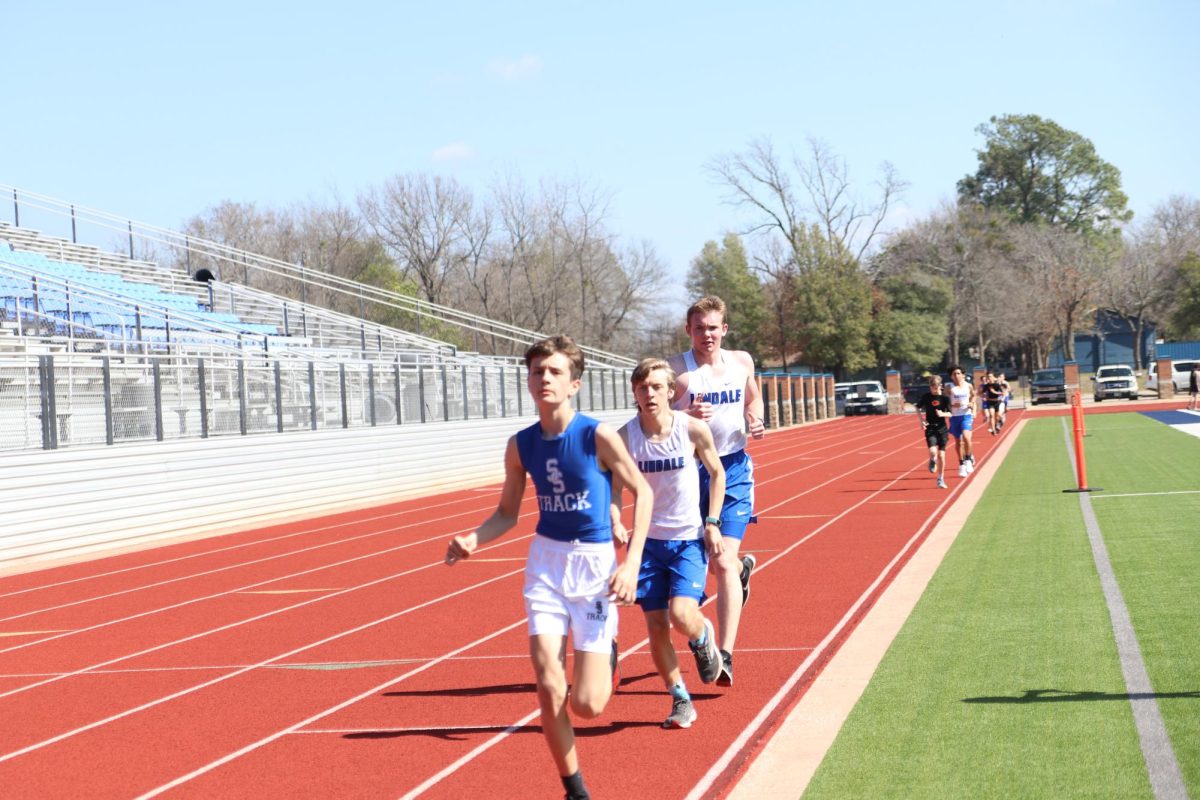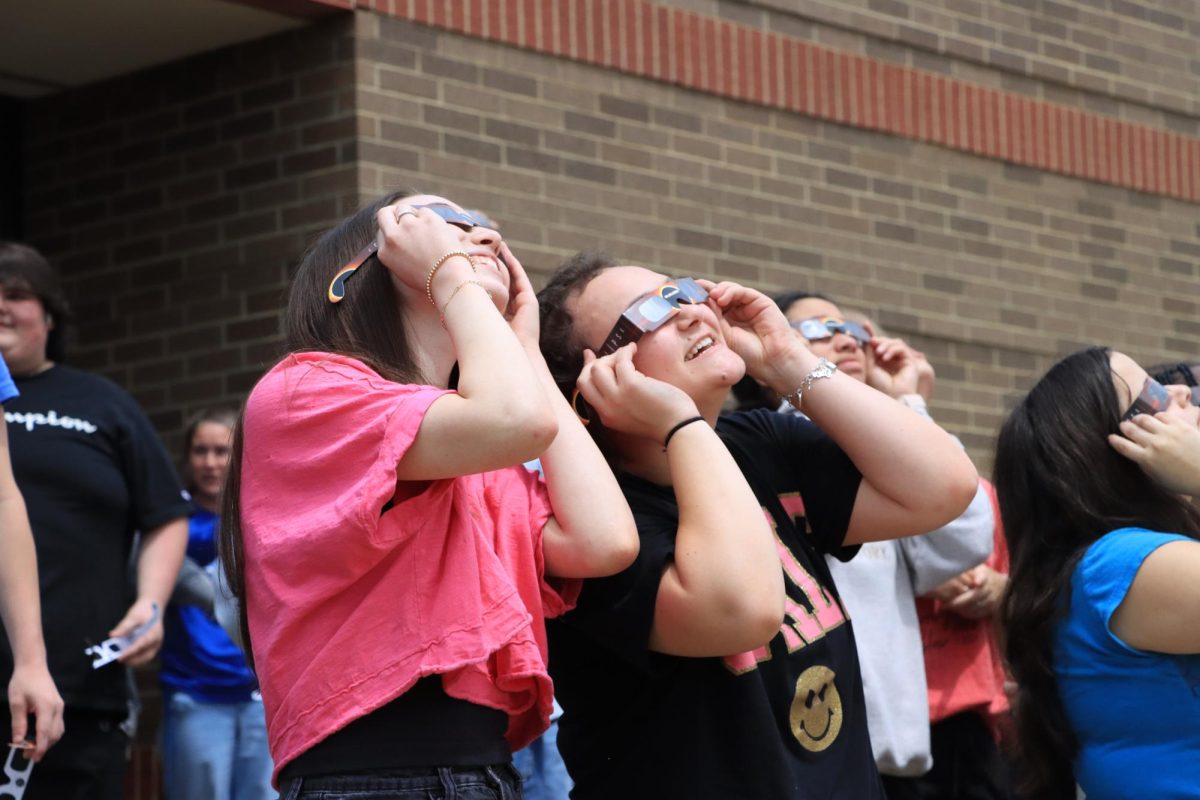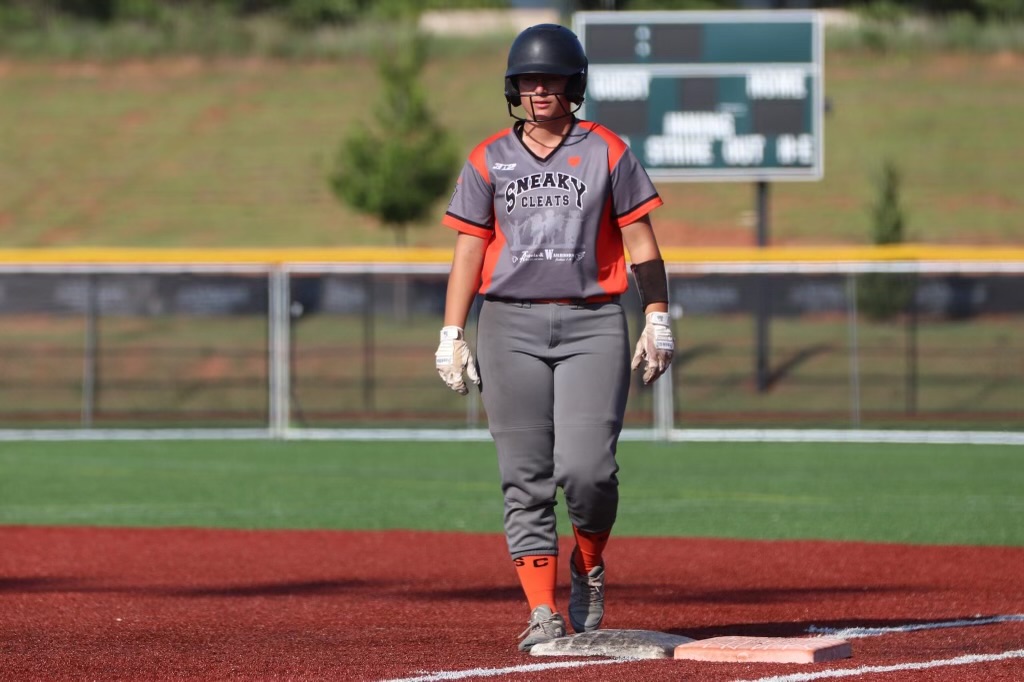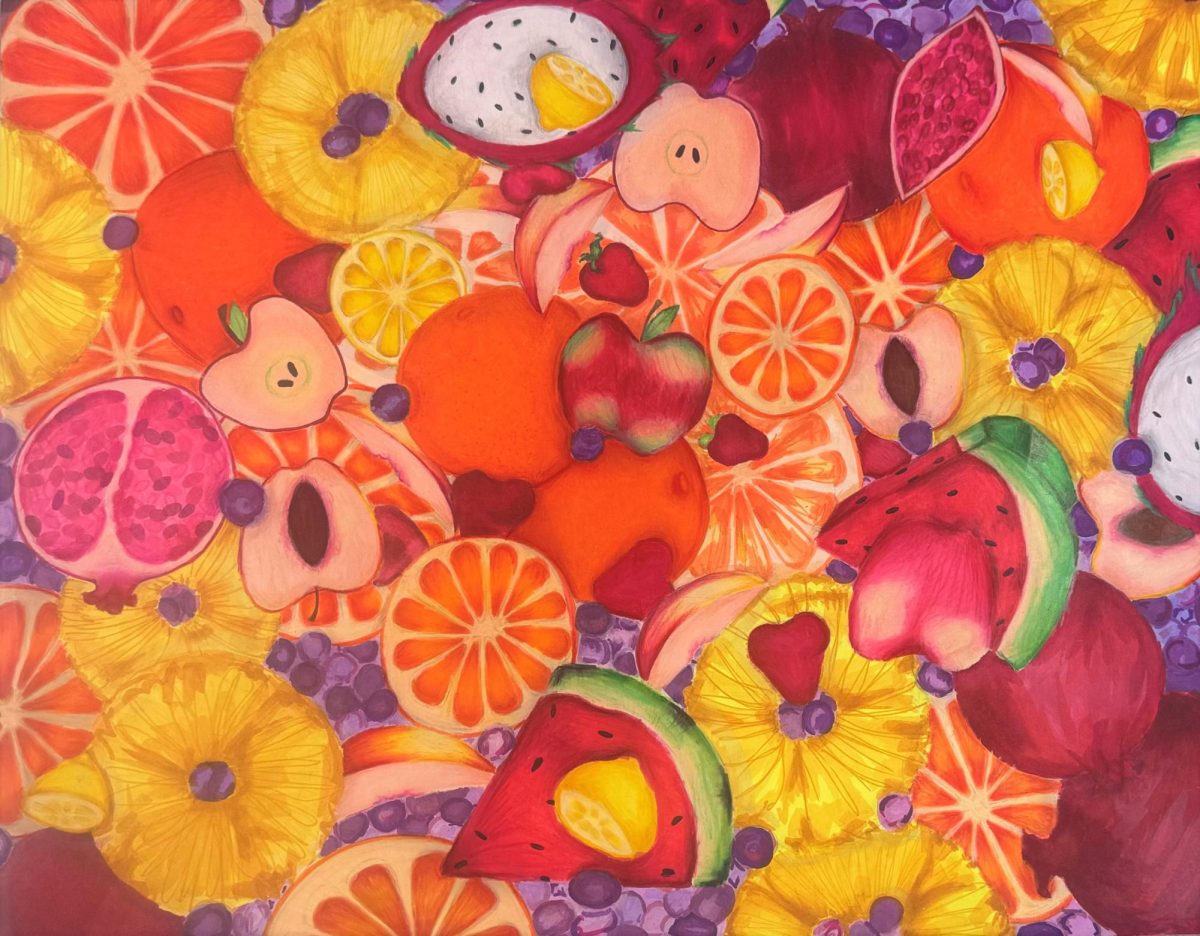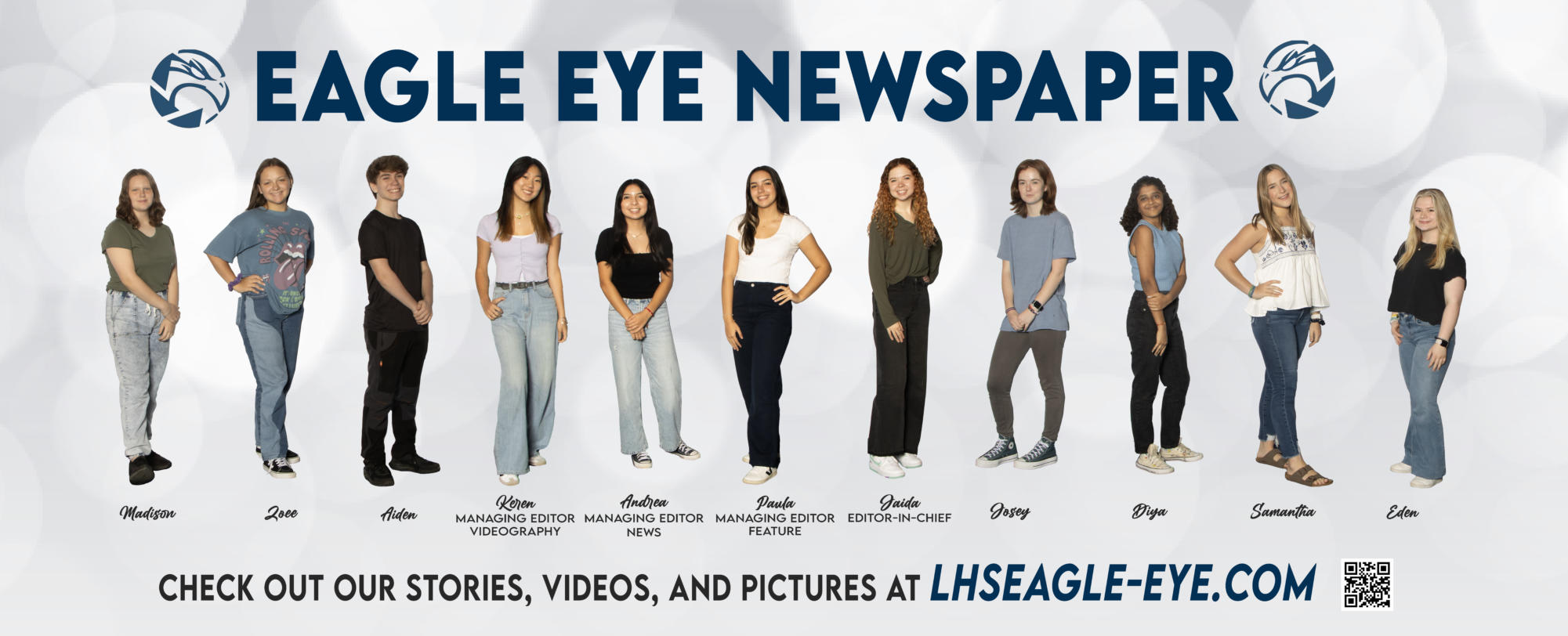According to the Center for Systems Science and Engineering at Johns Hopkins University, there are over 781,830 cases of the novel coronavirus worldwide. The best way to prevent the spread from becoming even larger is to flatten the curve, which means to reduce the infection rate. With a flatter curve, the health care system would be able to keep up with those infected and reduce the strain on resources. Most teens think they will be fine even if they come in contact with the virus, but each person has the key to a safer community. If one teen becomes infected with the virus, that can spread through the community. These are the best way that the average citizen can flatten the curve–
Proper Hygiene–WASH YOUR HANDS!
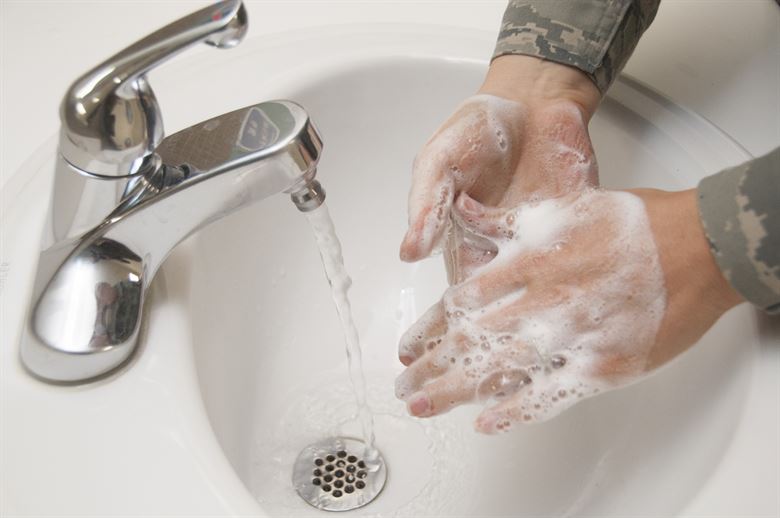
Since there is currently no known vaccine, the best way to prevent the spread of the coronavirus is to keep up with proper hygiene habits. While many have become accustomed to regularly washing their hands, this is the best way to prevent the spread of the virus. Washing one’s hands breaks down the cell walls of the virus, which prevents it from replicating. The best way to wash one’s hands is to use an alcohol-based soap and rub under hot or cold water for at least 20 seconds. Another critical part of proper hygiene is to avoid touching one’s eyes, nose and mouth. Since the virus can live on surfaces for multiple days at a time, touching a contaminated area could lead to one picking up the virus. The last critical part is to clean surfaces regularly. This prevents the possibility of one picking up the virus from surfaces. Even if teens think that they have adequate hygiene, it cannot be understated that both young and old have to step up the frequency of handwashing.
Social Distancing — STAY HOME!!
While this might be the least fun part of preventing the spread, keeping interactions to a minimum prevents people from possibly contracting the virus. This is often the hardest part for teens to do, reducing many of their social interactions to 3 or less creates difficulties when trying to see friends. Many think of themselves as healthy so they will often avoid social distancing, unknowingly transmitting the virus. Keeping interactions limited eliminates the possibility of somebody who does not yet have symptoms from transmitting the virus. Social distancing also entails keeping physical contact to a minimum, which prevents one from inhaling the airborne virus and transferring the virus through surfaces on one’s body via touch. The last way to social distance is to keep distance in gatherings to six feet or more. This prevents the possible host from coughing or sneezing the virus into another host. Due to the virus’s resilience, stable for a minimum of a couple of hours to days under the right conditions, it is mandatory for uninfected people to minimize the largest factor of transmission.

Stay Informed With Healthcare Providers–BE INFORMED!!
As is with most pandemics, the public is often unaware of the scope of the issue which makes it critical for the masses to be informed. The most critical information that healthcare providers and reputable sources can give to the public is the high-risk areas and what to do when somebody becomes infected. The current high-risk areas are New York, New Jersey, Washington state, California, Louisiana, and Florida. Despite this, many uninformed teens go out to explore the world with cheap airfare or even just by riding around in local communities. However, this will only further transmit the virus into their local areas. It is critical to be aware of the high-risk areas and the common misconceptions that spread by word of mouth.
By doing those things, the public will be able to flatten the curve and halt the spread of the virus. While the public might not have the knowledge of a professional, they hold the future of the world in their hands.














